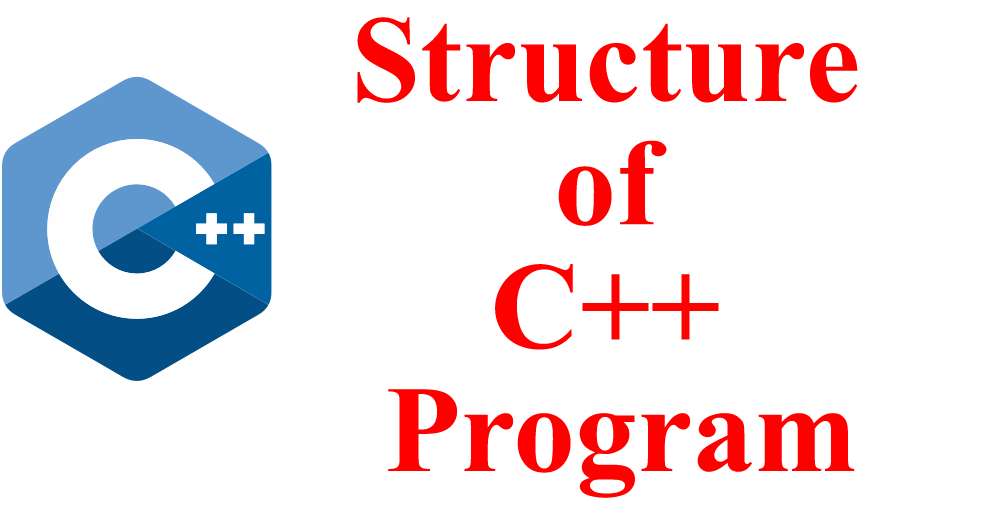
A C++ program typically consists of several components and follows a specific structure. Here is a basic outline of the structure of a C++ program and an explanation of its main components:
// Header files - include necessary libraries
#include <iostream>
// Namespace declaration
using namespace std;
// Function prototype (optional)
// This is not always necessary, but it's a good practice to declare functions before using them.
// Function prototypes provide information to the compiler about the functions used in the program.
// They are not required for functions defined before they are called in the main function.
// Example:
// void myFunction();
// Main function
int main() {
// Declarations and statements
// Output to the console
cout << "Hello, World!" << endl;
// Return statement
return 0;
}
// Function definition (if used)
// Example:
// void myFunction() {
// // Function code
// }
Now, Let's Break Down the Components of a C++ Program:
Header Files:
#include <iostream>: This is an example of a header file inclusion. Header files contain declarations for functions and classes that your program will use. The iostream header is often included for input and output operations.Namespace:
using namespace std;: The using namespace statement is used to simplify code by allowing you to use names from the std (standard) namespace without specifying the namespace each time. In this example, it is used to simplify the use of cout and endl.Main Function:
int main() { /* code */ }: The main function is the entry point of every C++ program. Execution begins from here. The braces {} indicate the block of code associated with the main function.Declarations and Statements:
cout statement to output "Hello, World!" to the console.Return Statement:
return 0;: The return statement indicates the end of the main function. The value 0 is returned to the operating system, indicating successful execution. Other non-zero values may be returned to indicate errors or abnormal termination.Function Prototype (Optional):
void myFunction();: This is an optional part. If you define functions below the main function, it's a good practice to declare their prototypes before main or use the function definitions before they are called.Function Definition (Optional):
void myFunction() { /* code */ }: If you have functions defined in your program, their definitions will appear after main or in separate files. The example includes a commented-out function definition.
This basic structure forms the foundation of a C++ program. As programs become more complex, additional elements like class definitions, conditional statements, loops, and user-defined functions are introduced to organize and structure the code effectively.
Thank you.
